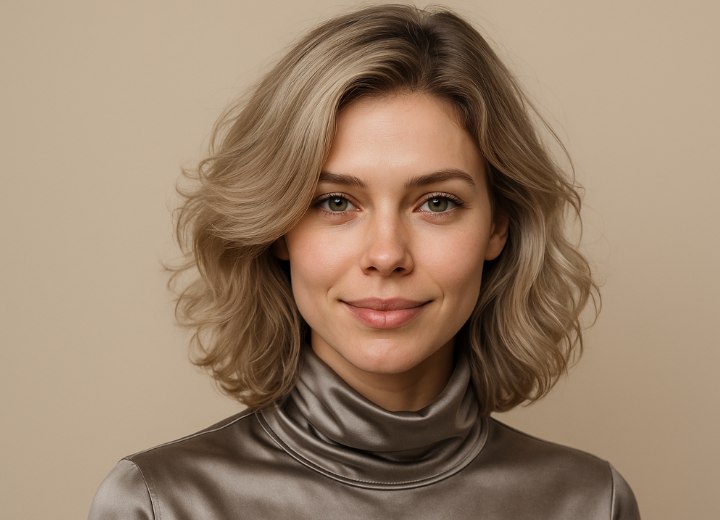Hair's Dominant Side

A: When hairstylists mention the "dominant side," they're referring to the natural way a person's hair tends to fall or part. Determining this involves understanding the growth patterns of the hair, its texture, and the person's usual styling habits.
The process of identifying the dominant side often begins with observing how the hair behaves in its natural state. This could mean air-drying the hair after washing or letting it settle after brushing, allowing its natural tendencies to show. The direction in which the hair naturally falls or the side it prefers to part can provide valuable insights into its dominant characteristics.
Personal styling choices also play a big role in figuring out the dominant side. Clients might have a particular way they like to style their hair, indicating an awareness, whether conscious or subconscious, of their hair's tendencies. Talking to the client about their styling habits is a crucial part of the process of determining the dominant side.
Knowing the dominant side is important for various reasons. It helps hairstylists create styles that go with the natural flow of the client’s hair, making it practical for everyday styling and more visually appealing. By aligning the chosen style with the dominant side, hairstylists can highlight the client's best features, enhancing their overall appearance.
In addition to considerations like face shape, hair texture, and personal style preferences, understanding the dominant side of the hair aids in selecting appropriate cutting and texturizing techniques. It ensures that the cut complements the hair's natural tendencies. When suggesting cuts, layers, or other elements of a hairstyle, hairstylists take the dominant side into account to make sure the style not only looks good but also seamlessly fits with the client's hair characteristics.
The concept of the dominant side of hair involves a mix of biology, personal choices, and professional expertise. Recognizing it is crucial for creating hairstyles that respect the uniqueness of each client’s hair.
©Hairfinder.com
See also: How to cut hair